What’s the plan?: The EA’s design for the Green Line
The challenges for the Green line design are the electric pylons, existing U-turns, intersections and water lines

This 2012 illustration showing a possible intersection design for the Green line was rendered by the Japanese International Cooperation Agency which prepared the Karachi mass transit plan after extensive surveys. Source: JICA
EA’s Khawar Ghani spoke about using structures that are “easy to build and cheap to construct and maintain or could be fabricated”. “We are not going to build monuments,” he said, “Something for which you need to give billions of rupees.” Sustainability is key. For example, EA has decided against using glass as dividers at the bus stations because no one will be able to clean it. Ghani pointed out this mistake being made in Islamabad’s BRT stations. “It traps heat and who will clean it,” he said.
The challenges for the Green line design are the electric pylons, existing U-turns, intersections and water lines. But EA is trying to come up with solutions. Another challenge is for the government to create an IT system that manages the entire BRTS network. Faruqui was cognisant of this crucial element. Integration, so that all the moving parts work in unison and standardisation, are essential for BRTS to work in Karachi, he said, adding, for example, “You can’t have a coin-operated system being used by one line and a card on another.”
Follow-up sessions with the private bus operators and city planners and architects are planned with the Sindh government teams working on the BRTS projects.
Published in The Express Tribune, July 25th, 2015.

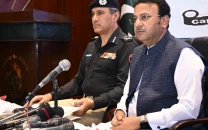
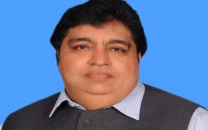

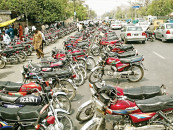
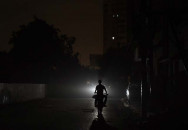
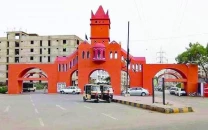






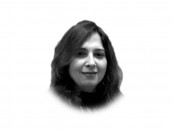





COMMENTS
Comments are moderated and generally will be posted if they are on-topic and not abusive.
For more information, please see our Comments FAQ